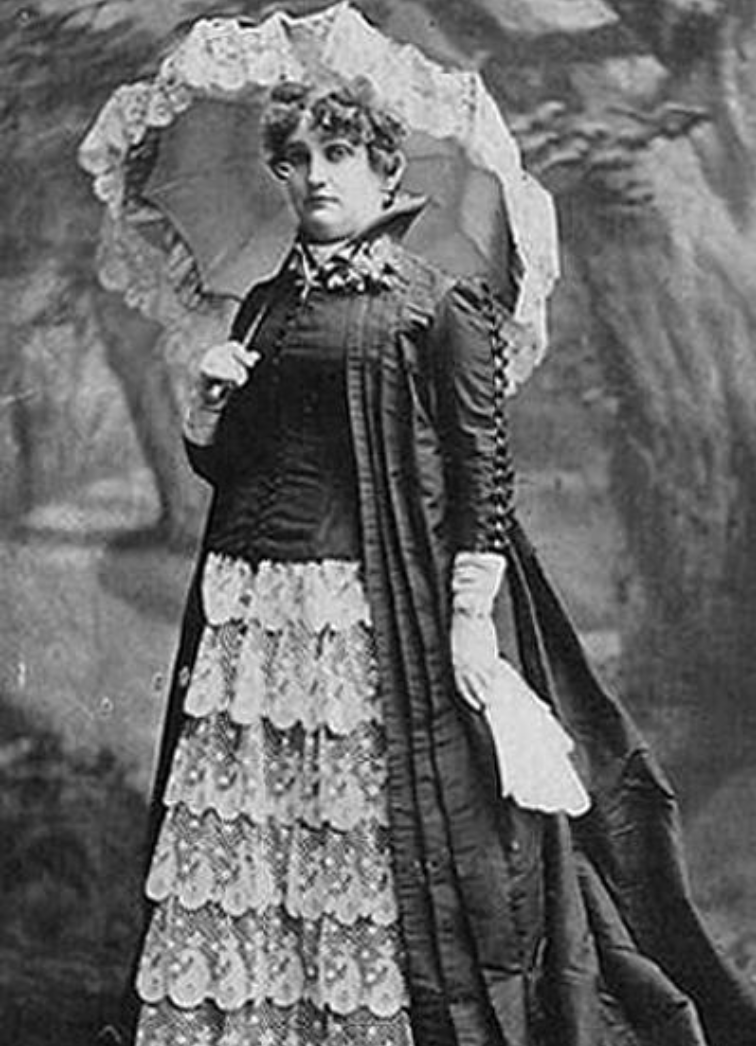Some claim to have seen the ghost of madam Mattie Silks at her former brothel, now a restaurant-bar in downtown Denver.
It’s that time of year when leaves turn golden, the air gets nippy, and ghosts and goblins make their Halloween appearances. During October, several older hotels here in Colorado have been hosting ghost-hunting parties and spooky tours. Silly fun...or are these hotels truly haunted?
I Think My House Is Haunted, Can You Help Me?
Over the years a few people have called our agency, asking if we could investigate ghosts they believe are haunting their homes. We’ll decline, explaining that we are not paranormal investigators, and we try to steer them to paranormal investigation sources that sincerely want to help people and not take advantage of their fears.
What Is a Paranormal Investigator?
Most paranormal investigators are people who are certified in parapsychology or who have studied paranormal investigations. Their goal is to help people in need, and often paranormal investigators do not accept money for their services (although they may accept donations for travel, lodging and expenses). Some paranormal investigators make money through writing books, conducting “ghost tours,” giving workshops, or even starring in TV reality shows about ghost hunters.
Tips for Hiring a Paranormal Investigator
The National and International ParaHaunt Paranormal Family Network offers referrals to paranormal investigators throughout the U.S.and the world. However, keep in mind that although these paranormal organizations meet ParaHaunt’s professional standards, ParaHaunt does not endorse any of the groups. Link: http://miparahaunt.tripod.com/id82.html.
Before you retain a paranormal organization or a paranormal investigator, here’s some ideas for checking their backgrounds:
Contract the Better Business Bureau
Research the organization/person on the internet for news stories and client referrals
Review the organization or person’s website and contact any former clients for recommendations
Hire a private investigator to double-check the paranormal investigator’s background (especially if you’re inviting this person into your home).
Photograph of floating spirit & spirit "orb" by William Hope, early 1900s
Ghost Hunting at Three Colorado Haunted Hotels
I’ve visited the Stanley Hotel and taken its ghost several times. The “Stanley” is known for its Room #217, where Stephen King first began writing The Shining, later made into the movie starring Jack Nicholson.
My Digital Photos Caught “Orbs”
I took photos during these ghost tours with my digital camera, and others in the group (including the tour guide) would tell me I had captured orbs, which supposedly indicated the presence of spirits. The Paranormal Encyclopedia says that “both skeptics, and many ghost hunters, agree that photographic orbs are most often, if not always, caused by natural elements such as dust, pollen, or water vapor.” I don’t know what caused the orbs, but if I’d seen, oh, a spectral figure hovering in the photo…well, then I’d believe I’d captured evidence of a ghost.
Claims of Ghosts, But When I Visited…
I’ve visited other reported haunted hotels and buildings around Denver, Colorado, starting with the Brown Palace Hotel, which locals simply call the “Brown,” built in 1892.
Brown Palace Hotel, Denver Colorado, 1898
The Brown Palace Hotel
We’ve been on this ghost tour twice. One tour guide told us fantastic stories about ghosts and ghouls who haunt the hotel, from a long-dead string quartet that still practices their music to a ghost-like train conductor who walks through walls.
Another tour guide had a first-hand encounter with a spirit. She told us how late one night she saw a “black mass” of vapor swirl up to the ceiling and disappear. She looked so frightened while talking about it, we believed her. That or she’s a really good actress.
House of Mirrors
A while back, I was writing a novel that featured a ghost character who'd lived during the late nineteenth-century silver-boom days of Colorado. During this era, there was a famous madam, Mattie Silks, whom people claim still haunts her old living quarters in Denver (which was called the House of Mirrors).
Mattie Silks, Denver madam, 1845-1929
One spring afternoon, I visited the House of Mirrors, which had morphed into a bar/restaurant. The business was closed, but a friendly bartender let me in to walk around and look at spots where the madam’s ghost had been seen and heard (several people claimed to have also heard her whispering on a certain staircase). Did I see or hear any ghostly goings-on?
No, but the bartender had…
He claimed there had been plenty of spooky goings-on in the old building. He said sometimes late at night, when he's alone cleaning up, the elevator will suddenly start working…its doors will open…and no one is inside. And then there was the night when an entire shelf of bottles and glasses suddenly crashed to the floor.
And then there was the night he heard whispering and giggling on the stairs. He cautiously approached the staircase, and the voices stopped. No one was there.
I got goosebumps listening to his stories. He invited me to come back after the place closes one night, and to bring my co-investigator, and we were welcome to document any unexplained noises, sounds, etc.
Y’know, I think I’ll leave that one to a certified paranormal investigator…
All rights reserved by Colleen Collins. Any use of the content requires specific, written authority from the author.






















